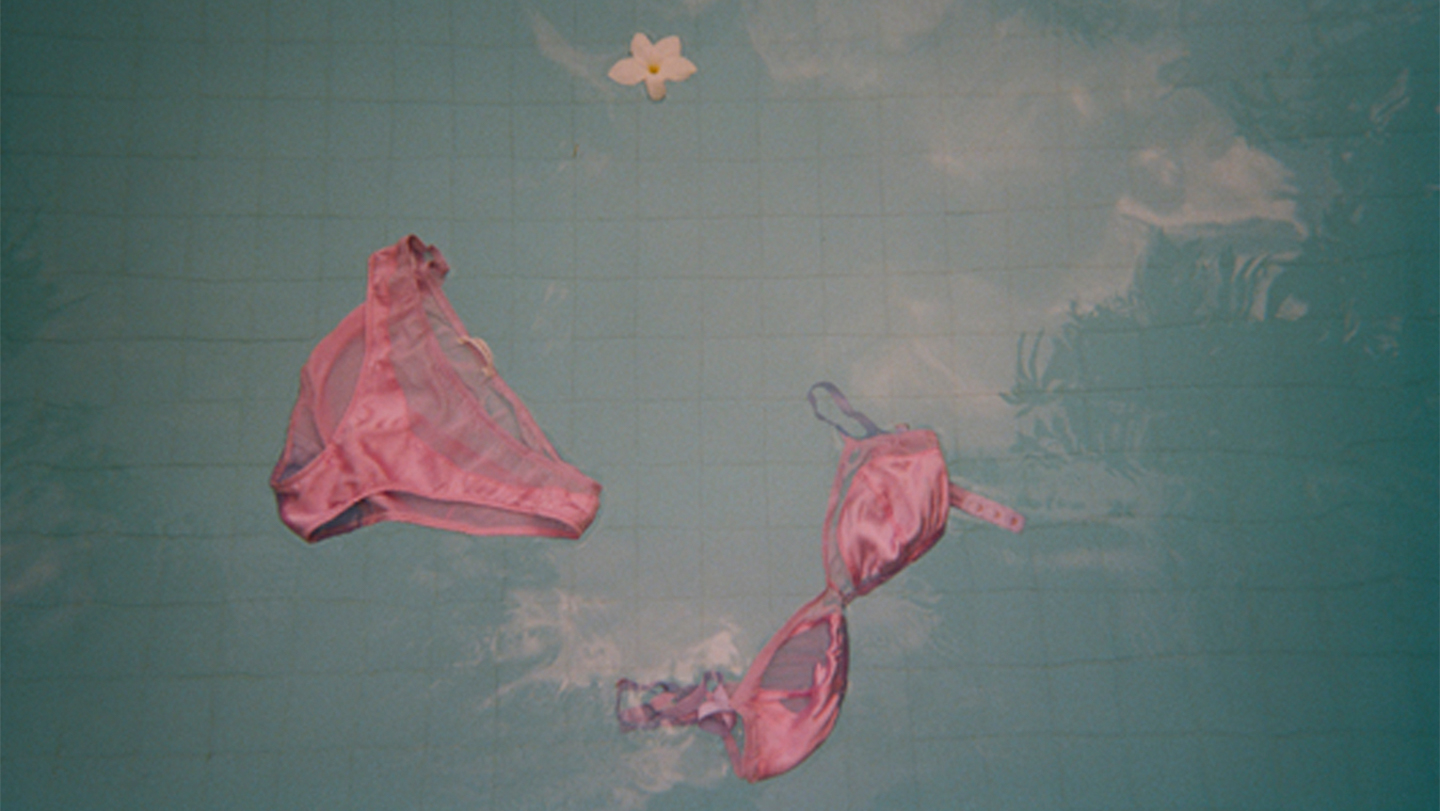This story originally appeared in i-D’s The Royalty Issue, no. 370, Winter 2022. Order your copy here.
“The beauty and magic of music is that no two melodies can really be the same,” says Kelsey Lu, the classically-trained cellist and artist who prefers to be known as Lu, over the phone from their home in Los Angeles. We’re talking about the melodies composed by nature – the sounds of ocean tides crashing against sand, birds singing at the break of dawn, and the rhythmic paces of local life that define an environment. Nature’s soundtrack has been fascinating Lu recently, having just returned from an artist’s retreat in Bali. Gathering their thoughts, reflections and observations from spending time in elemental nature, Lu has been absorbing the sounds, energies and visual melodies of their environment to create the soundscapes that comprise their ongoing series, Hydroharmonia. Each track is a landscape distilled into music, peppered with occasional vocals reflecting on the virtues of joy
and justice.
Like much great art created over the past two years, the project began as a “call to arms” during the summer of uprisings in 2020. While the world erupted from its lockdowns to protest the deaths of George Floyd and Breonna Taylor, Lu found themself secluded on the idyllic shores of the Cayman Islands, far away from the protests taking place in cities across America and Europe. It invoked a sense of rage that conflicted with the calm surroundings of swaying palm trees, white sand beaches, and crystal-clear blue seas. “I was in this place where there was no real social unrest and that was really difficult for me to process. It was also interesting: the place I was staying was like paradise and seen as a bubble of safety. Why is that? Why do people consider this paradise? I was shocked with this privilege of me being there.”
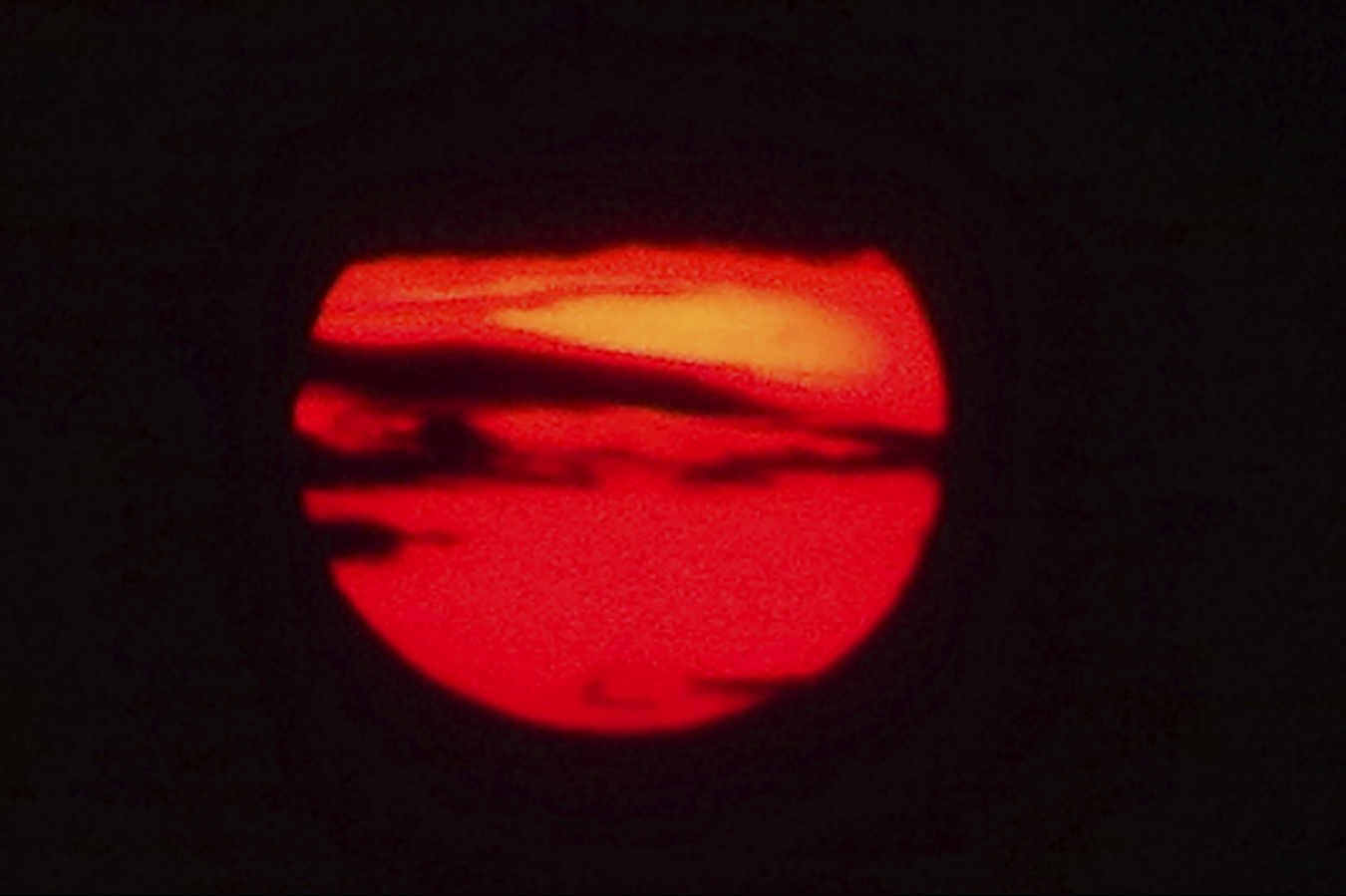
The jarring contrast between their inner rage and pain and the natural beauty of island life became the grounds for creativity. Lu began channelling their surroundings into music, resulting in the first twenty- minute Hydroharmonia sound bath inspired by the sunrise and sunset, designed to allow the listener to meditate while listening to it. “It gave me a sense of control in a situation that we found ourselves having no control over,” they explain. Following the trajectory of the sun became a daily ritual for the artist, offering a constant amidst the chaos and daily onslaught of bad news. They leaned into the natural beauty of the island as a way of processing a lot of the mixed emotions that came from watching friends and family be together, united in their grief. “It held a space for my rage that I could only protest from at a lengthy distance.”
“I want to open the river wider. I wanna rage at the bottom of a waterfall and rave in the low frequencies of a crashing wave.” – Kelsey Lu
However, it also became a source of healing, meditation, and reflection – an escape into a landscape just as peaceful as Caribbean beaches. Unlike most classical music – which Lu is well accustomed to, having studied cello in the conservatoire at the University of North Carolina School of the Arts – Lu has been working with a lower-vibration frequency instead: 432 hertz. They have previously likened it to a “reclamation of sound frequencies” – the standards of which have, they pointed out, been set by a bunch of white men. Lu found that 432 hertz is mathematically consistent with the patterns of the universe and more encouraging of relaxation and healing.
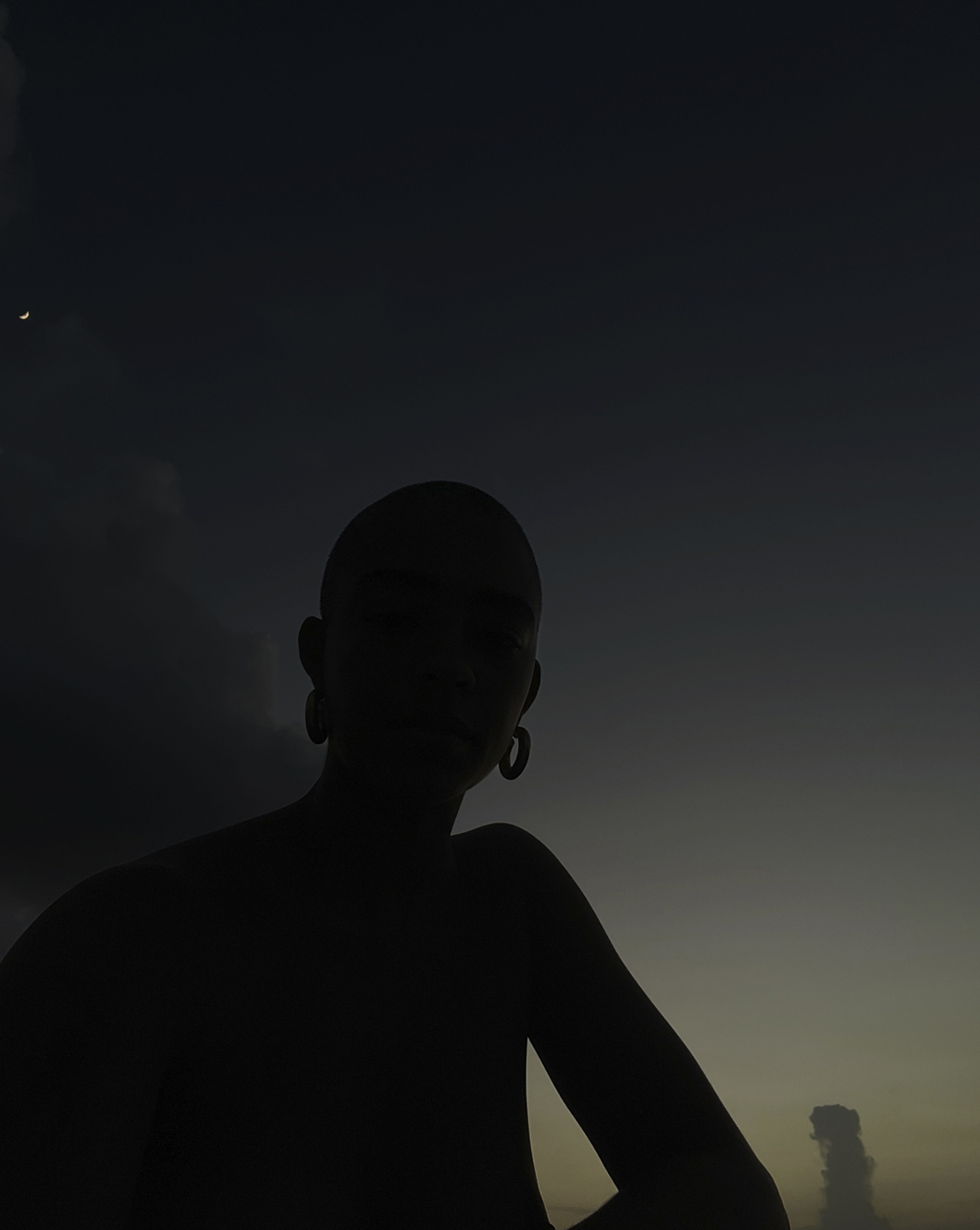
Lu describes Hydroharmonia as a “place to centre and ground, a place to celebrate, but most importantly a place to facilitate emotion, imagination and dreaming”. It feels like a dramatic contrast from the kind of music that you – or at least a record label – would expect from someone who released a debut album, Blood, only the year before, and has collaborated with Blood Orange, Solange, Sampha, Kelela and Florence + the Machine. “I mean, it’s definitely not playing on the Billboard Top 40,” Lu laughs. “But let’s shift that. I think it comes from wanting to widen the bed of what classical music could be categorised as, or what even pop music can be. I’ve always pushed the boundaries and limits of what we seem to want to contain into boxes and genres. I just love widening the scope of possibility.”
Increasingly for Lu, that means working across different art forms. Previously, their delicate vocals have often been accompanied by the staccato notes of their cello. Now, they are branching out into more projects that expand on their creative impulses. Last year, they composed an opera, This Is A Test, which intersected song with visual poetics in three seamless acts comprising thirteen different musicians’ sets. Earlier this year, they made their acting debut in a short film directed by Janicza Bravo, House Comes With a Bird, which premiered at the Venice Film Festival as part of Miu Miu’s Women’s Tales. Lu also composed the score.
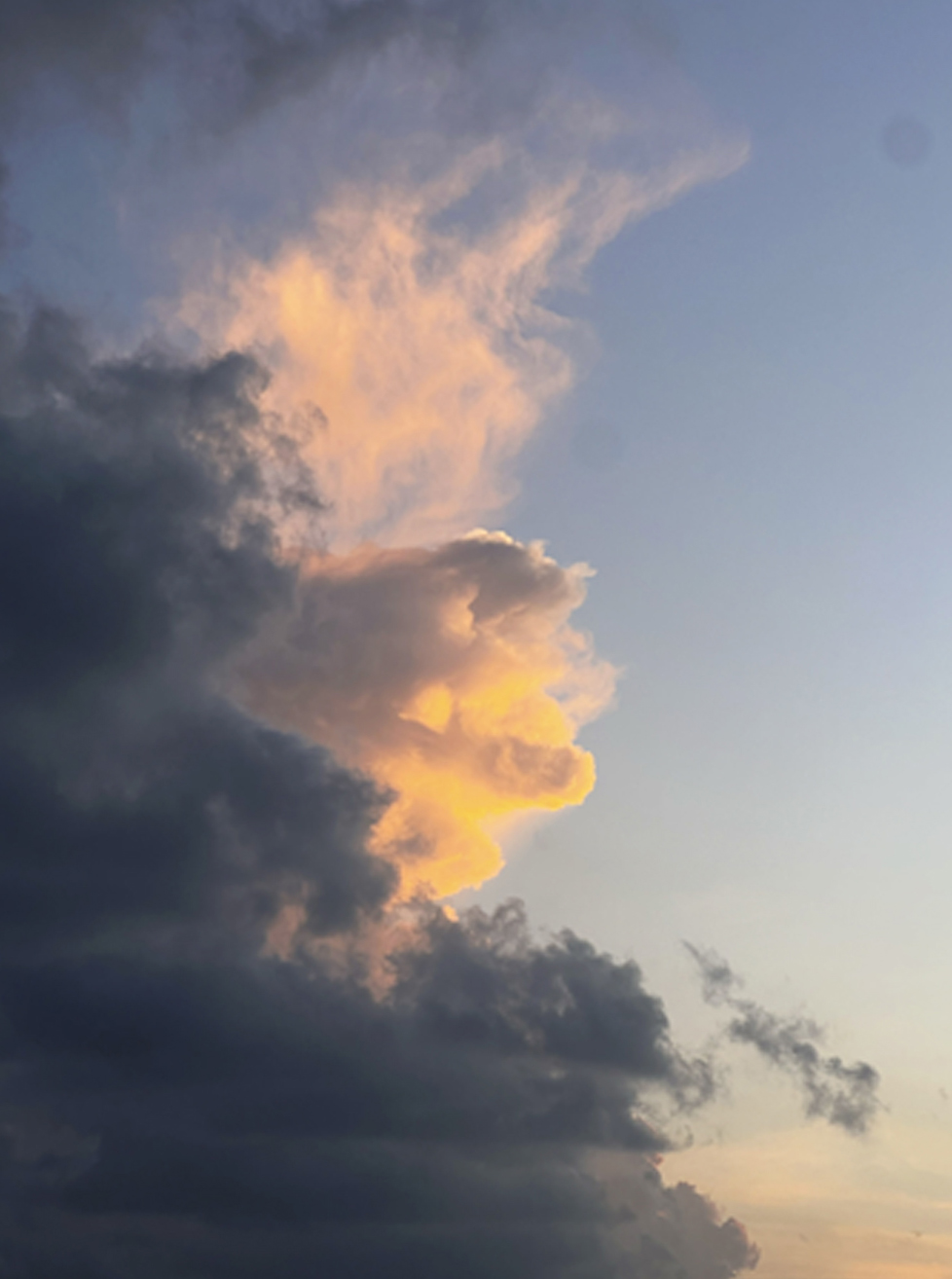
But again and again, Lu is drawn to nature, seeking out retreats in secluded places around the world as a way of pausing their increasingly busy schedule of acting, directing, collaborating, and reconnecting with the soul. “Nature is the centre point for me. I believe that the closer we get to it, the closer we get to the source, in turn brings us closer to ourselves in order to heal from the trauma that the world and its history has placed upon our spirits and bodies,” they explain. “I want to open the river wider. I wanna rage at the bottom of a waterfall and rave in the low frequencies of a crashing wave.”
The rage that Hydroharmonia began as a response to has also shifted course, and come to reflect nature’s own rage in the form of floods, fires, and the widespread destruction of natural environments around the world. “It’s interesting how it’s a reflection of the unrest that’s happening throughout the world,” Lu reflects.

“It’s reaching a point of no return, of breaking these systems, breaking these patriarchies that have been in place for so long. The bottle cap is breaking, and it’s overflowing with unrest within society and within the oceans, the tides and the forests.”
Lu has been noticing it more and more from the idyllic surroundings of their retreats. “I’ve been trying to capture that, and thinking of ways to embed it into the notes because it’s too inescapable. It’s on my mind, and you know, I think it’s ultimately having a vision of what could be beyond a reversal. Ultimately, it all comes back to this idea of healing–if not us, then perhaps the planet.”


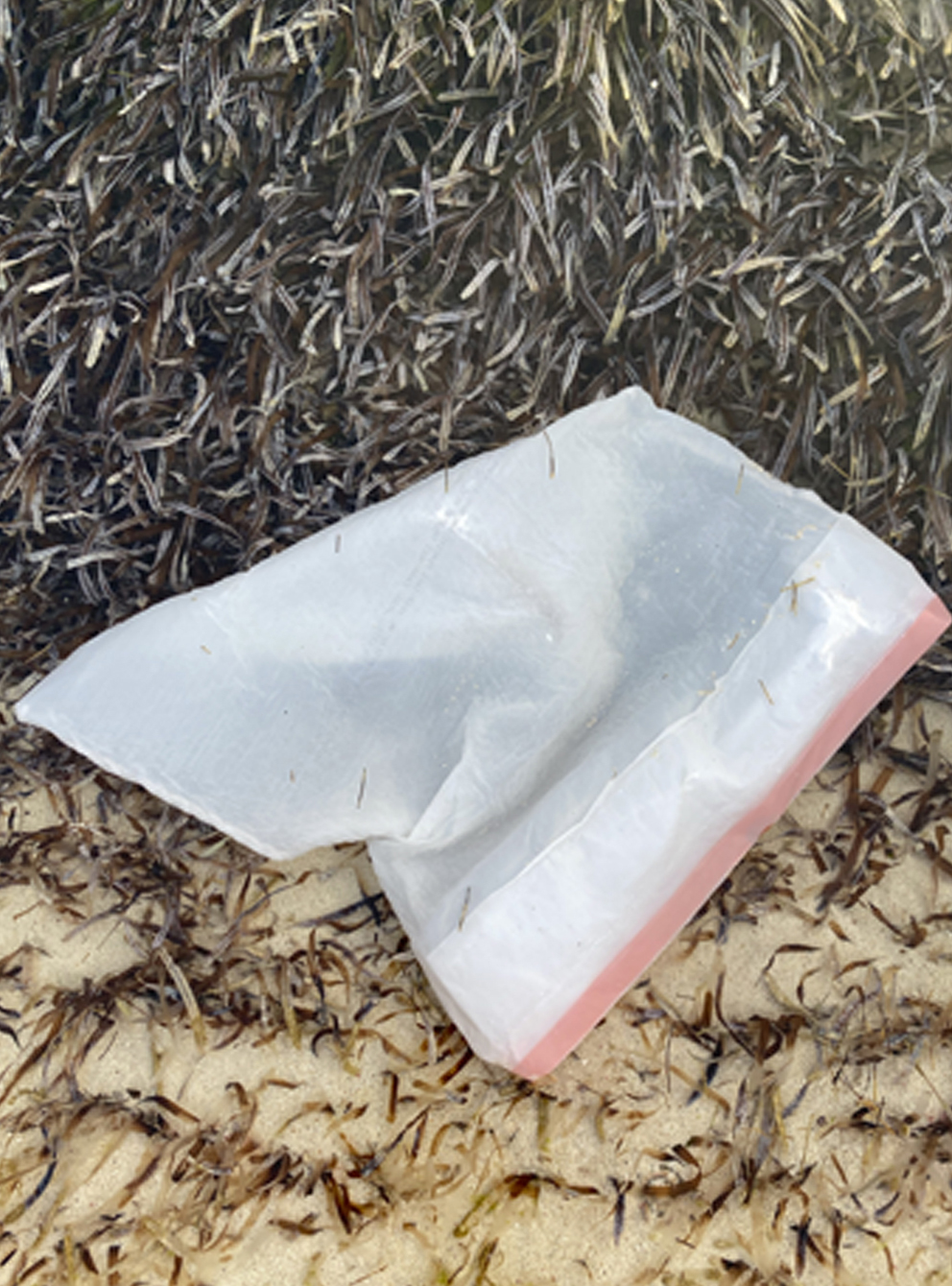


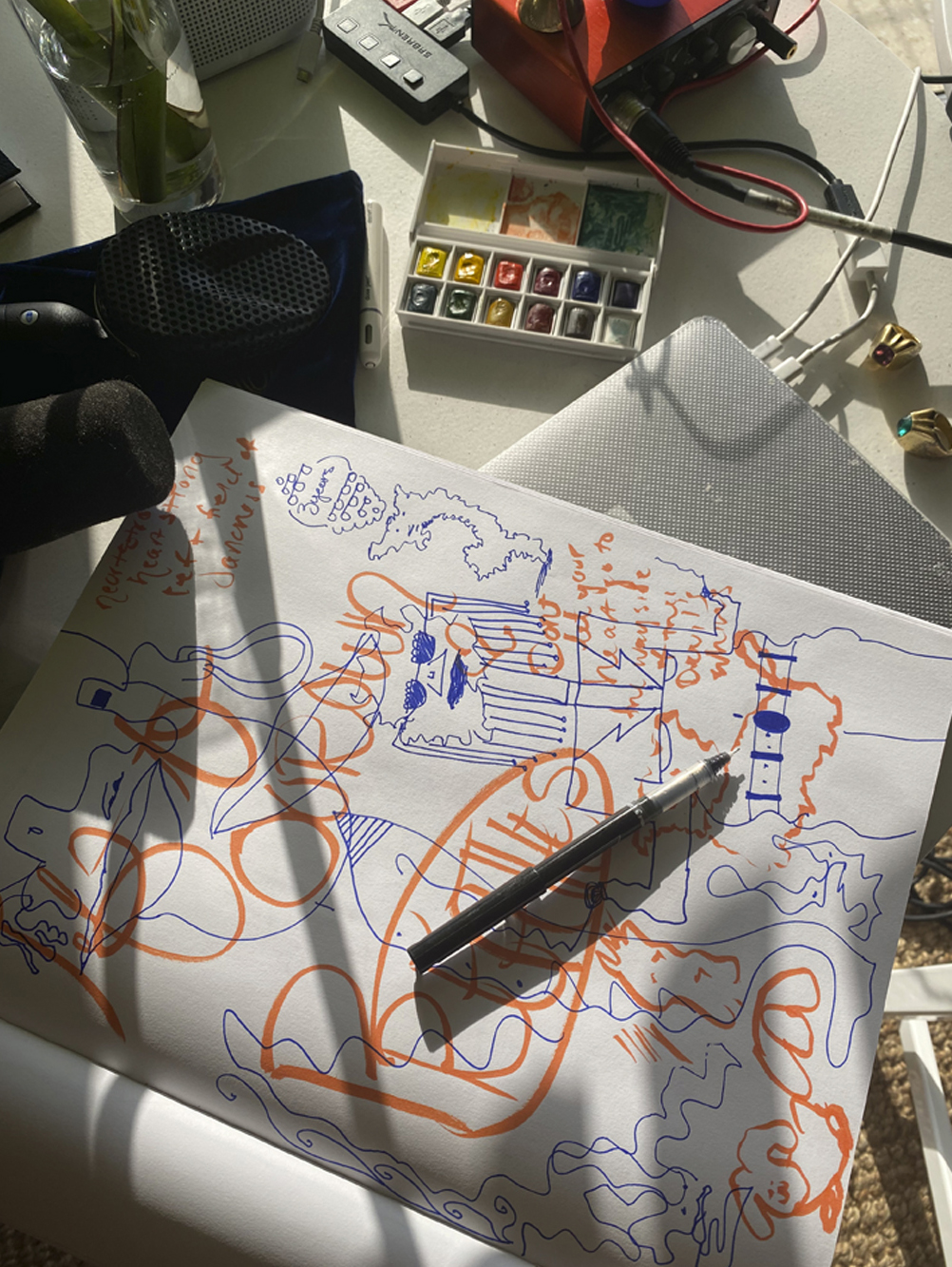
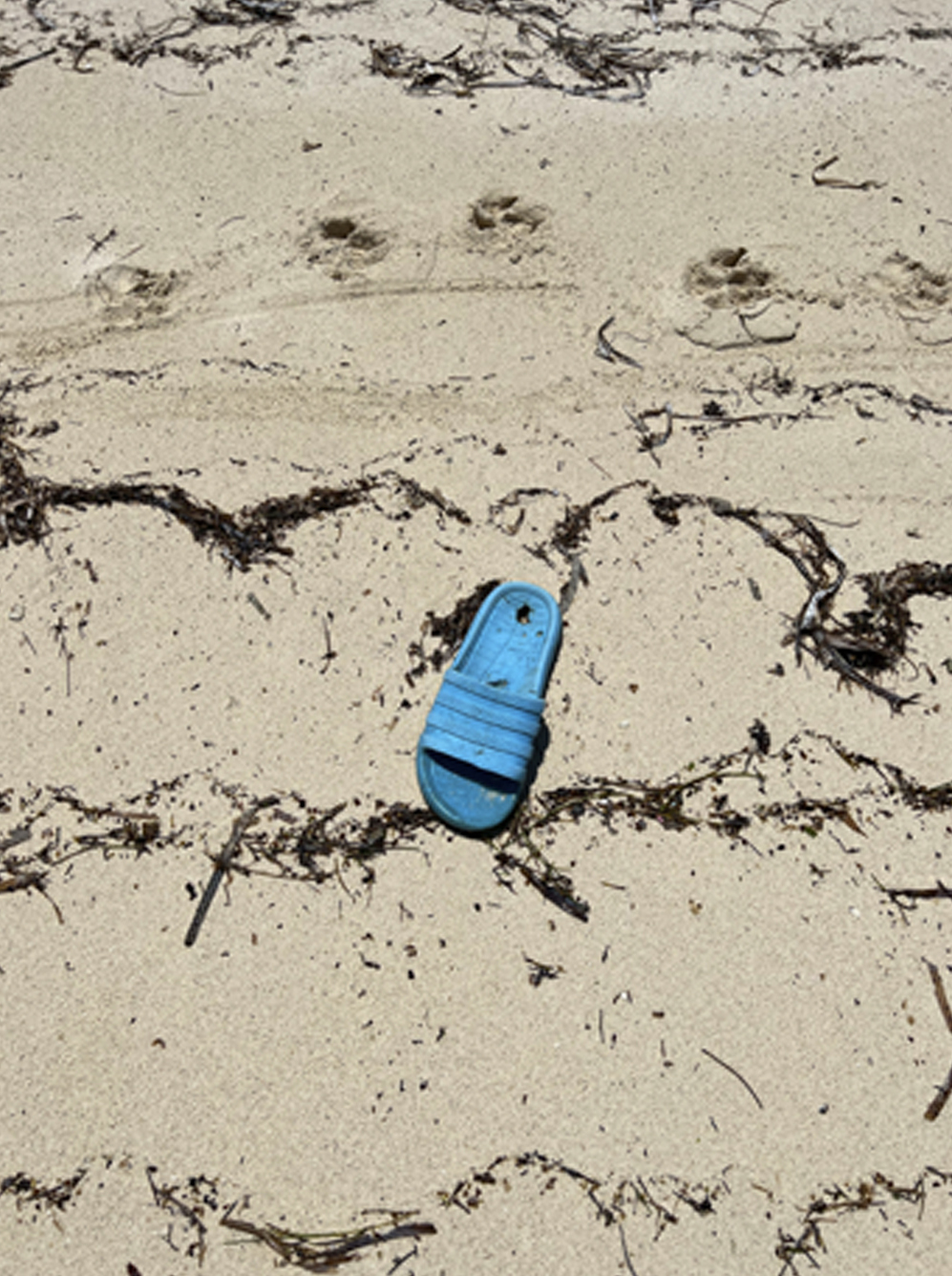
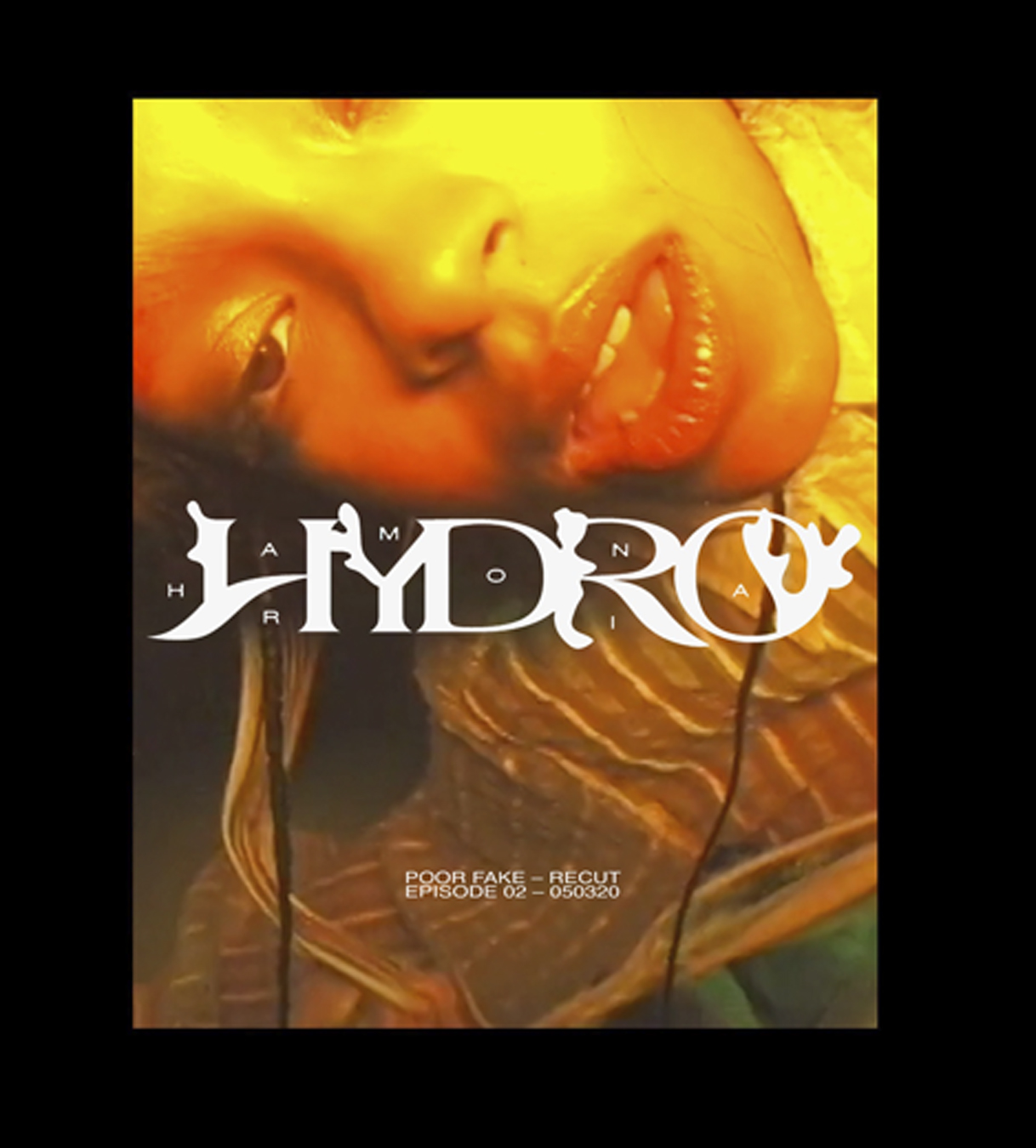
Credits
All images courtesy of Kelsey Lu
